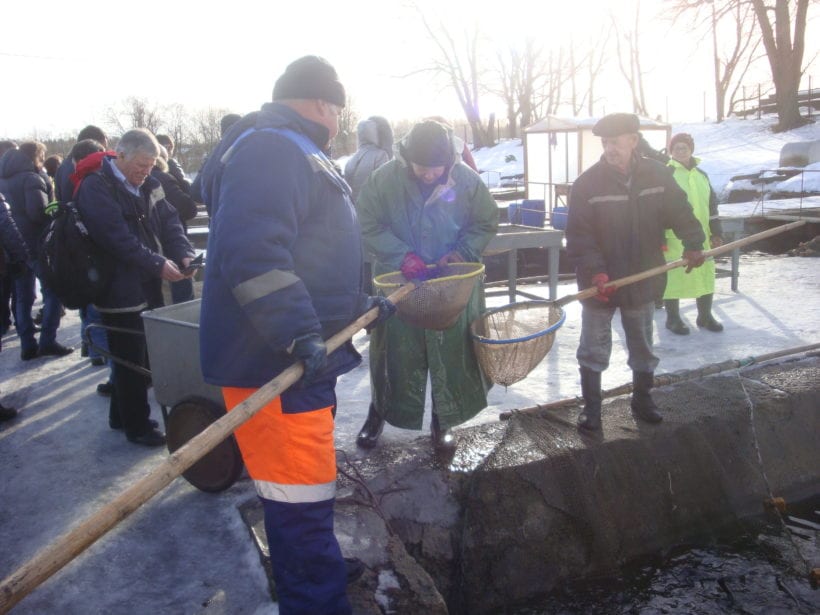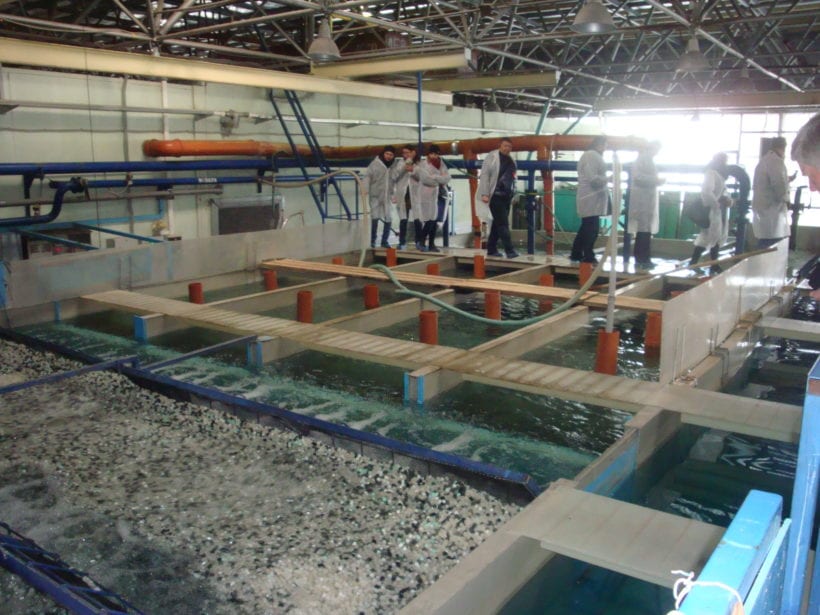Feed Industry Representatives Learn More about the Benefits of U.S. Soy Protein at the IV International Fish and Aquaculture Conference in Russia
- Category:
- Aquaculture
- General News
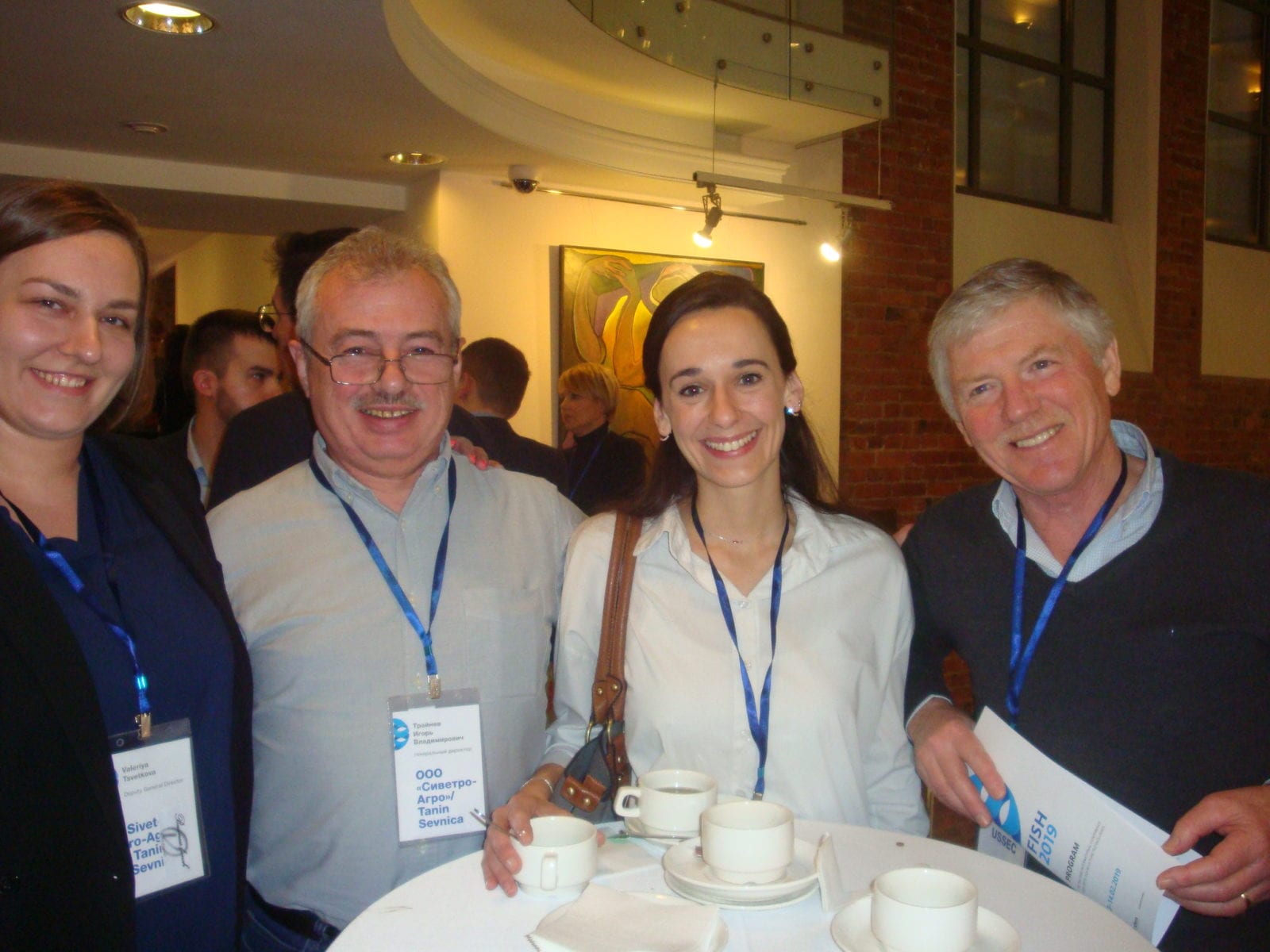
The fourth International conference Fish 2019, “Fish Processing and Aquaculture Technologies,” took place on February 13 to 15 in St. Petersburg, Russian Federation. The Publishing House SFERA from St. Petersburg and All-Russian Atlantic Research Institute of Fisheries and Oceanography were co-organizers of the event. Approximately 200 registered, national and international scientists, nutritionists and representatives of the feed industry attended the two-day conference and followed up with a half-day field visit to the Russian Federal Fish Breeding and Genetics Center, located in Ropsha, near Saint Petersburg. Speakers hailed not only from Russia, but also from several other European countries.
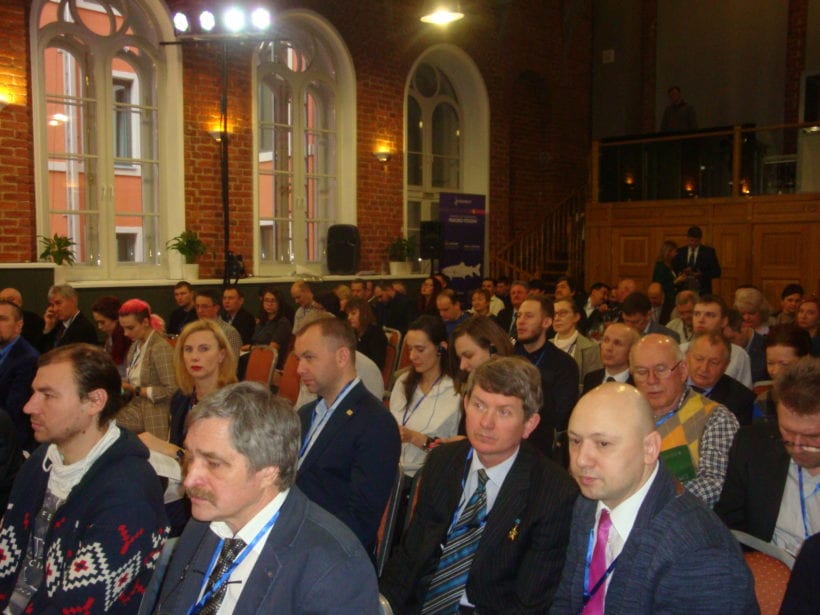
Russian aquaculture is growing rapidly in part due to the country’s size and access to the seas. There is a significant amount of investment being directed to this sector. Aquaculture is a relatively young industry for Russia, consequently the industry is faced with a few growth problems: notably the legal framework that is already in need of revision, the development of fish feed, the construction of logistic routes, which is important, given the vast Russian expanses, the provision of fish processing plants and the delivery of fish and other aqua products to the distribution networks.
The papers presented at the conference addressed the characteristic issues associated with the rapid growth of a new industry from a technical, marketing, and legal point of view. Animated discussions followed the presentations. Much of the discussion concentrated on species of major interest: perch, carp, and white fish, but also salmon, mollusks, and even artemia. Besides the exchange of research results and scientific data, the conference aimed at exchanging and reviewing successful experiences of national and foreign companies in their establishment and further development in Russia. The working languages of the conference were Russian and English.
USSEC consultants Dr. Jan van Eys and Dr. Maria Domoroshchenkova attended the event. Dr. Domoroshchenkova introduced USSEC’s mission and global aquaculture activities. Dr. van Eys presented a paper titled “Ingredient Flexibility in Aqua Diets; with Specific Reference to Soy Proteins.” In this presentation, he clearly demonstrated the potential of soy, especially U.S. Soy, to replace alternative ingredients including fishmeal or animal products in carnivorous aqua diets.
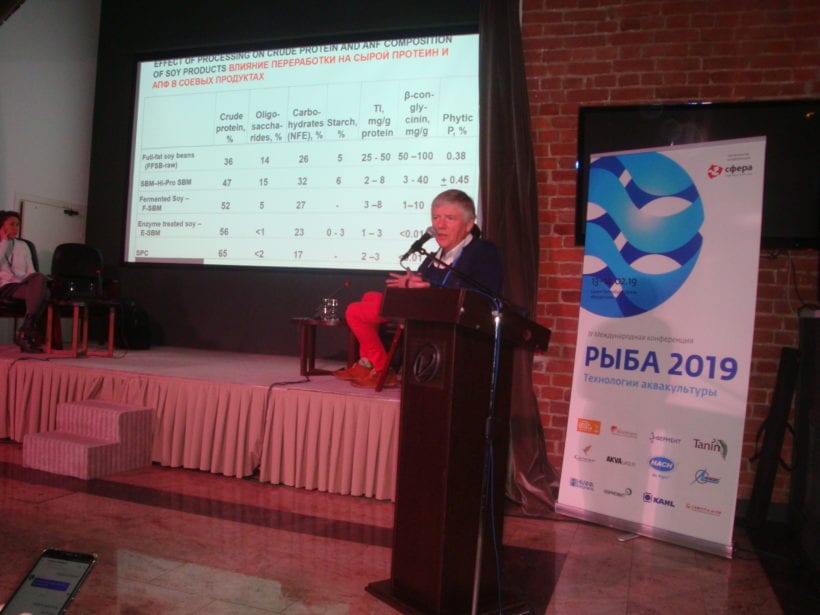
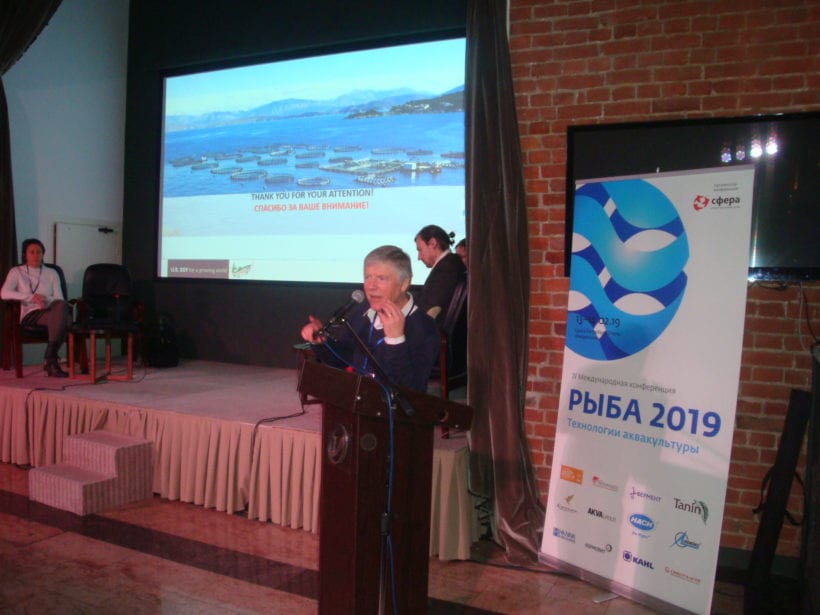
The issue of the use of soy products to replace fishmeal is of major concern and interest for Russian fish producers. Because much of their current and future production concentrates on fresh water species, the potential for the use of soy products in fish feed is important. The superior quality of soy relative to other plant protein, even locally produced, is well recognized and appreciated.
The presentation was well received and there clearly is a great interest in this subject, judging from the questions and comments, including during breaks. The questions were very relevant and to the point related all to the use (both advantages and challenges) of using soy products in fish diets.

Representatives of the executive and legislative branches of the federal and regional governments were also present. A number of presentations were dedicated to the explanation of the importance of aquaculture in government programs. The Russian government very much backs the existing plans for expansion in aquaculture targeting to reach the volume of aquaculture production of 700,000 metric tons (MT) in 2030. Clearly, the aquaculture industry is a priority for the federal Russian government and its regional governments. This is hardly surprising given the tremendous capacity and potential of aquaculture in Russia.
After the end of the plenary sessions of the conference, a visit to the Federal Fish Breeding and Genetics Center located in Ropsha (outside St. Petersburg) was arranged. This is one of the main Russian federal institutions for the production and genetic selection/reproduction of the major aqua species in the northwestern region of Russia, concentrating on cold climate varieties of fish (adjusted to water temperatures of 0-120C) salmon, Arctic char (Salvelinus alpinus), and trout (with selection of local varieties). Two specially adapted varieties of rainbow trout have been developed there: Rofor and Rosstal.
All the facilities were toured, including the new and the old fish breeding stations/techniques. The Center uses imported finished compound feeds from Denmark and the Netherlands for fish fries with highly specialized formulas. This was an interesting visit that allowed a greatly improved understanding of the government and private industry effort in the aquaculture area.
There clearly is a need by local customers for additional information on fish requirements and the replacement of expansive ingredients. This was a good opportunity for USSEC to be visible and recognized as a potentially important player in the regional aqua market, one that is growing above average on a worldwide basis.
